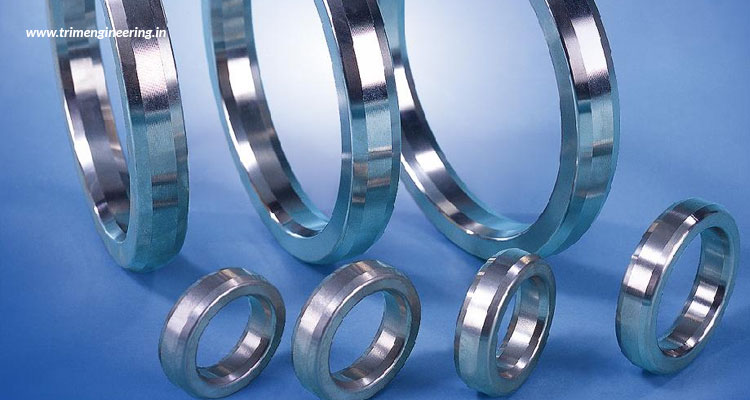What Kind Of Gaskets Must Be Used To Seal High Pressure Vessels?
The pressure in high pressure vessels if released can be dangerously high and explosively destructive. If such explosive fluid is required to be contained well at every vessel seam, the best kinds of gaskets need to be employed and correctly installed. In high-pressure vessels, rolled sheet metal panels and welded seams contain dynamic forces with a series of fittings and pipes to channel the fluid. Gaskets here act as glue that hold the plates and flange connectors together in place.
What adverse effects can high pressure fluids lead to?
Any kind of mechanically applied torque in such a situation applied on the gasket by the ring of fasteners alters the elastic property of the seal. The stress applied on the port seal material will deform the gasket and produce a subsequent shift in the gasket’s spring index. Such material change will create a possibility of sealing defect. If the gasket cannot accommodate the maximum variable pressure feature, leakage takes place. This is why the gasket material must be elastically and plastically designed to ensure complete dimensional expansion after the fluid loading event has intervened. The design should be produced considering the elements of material type, fluid pressure characteristics, fastener load, and other pressure vessel related criteria, so that the gasket can perform at its best.
Which materials should be used for sealing high pressure vessels?
Which exactly are the best materials that can be used in gaskets for sealing high pressure vessels? Whatever it may be, metallic strength should be a vital component. Strong elastomers equipped with fluoropolymer backbone compress and hold their shape when medium pressure scale is applied and released. Also, carbon seals and mineral fiber inserts provide adequate adaptability when moderate stress is applied. But, it is metal that needs to be used for true high pressure vessels like pure metal rings, alloy gaskets with graphite inserts, and ceramic packed rings.
While alloys and ceramic are highly rigid, pure metals are malleable, meaning that they have a certain degree of elasticity. Thus, they serve to have a compression feature inside an elastomeric seal. Softer alloys with bronze and copper provide a fluid-resistant base. Aluminum and stainless steel serve as better materials with their higher strength, along with having a certain amount of elasticity locked inside their structural form to perform outstandingly as seals. These materials can handle intense fluid pressures and temperatures.
Do you think there can be anything better than solid steel to serve as the perfect gasket material in case of massively stressed fluid pressures? Yes, there is! In place of the dense metal ring, profiled metal gaskets that can handle blow-out stress and transient pressure spikes can be used. They could use corrugated layers and grooves, or jackets to add special fillers like graphite to the mix. Another great option is a semi-metallic gasket using V-shaped insert(s) to center the ring and add resilience to gasket materials for high pressure vessels.
Whatever your choice, you can get all sorts of metallic, non-metallic, and semi-metallic gaskets made of high quality materials at Trim Engineering Services, one of the leading spiral wound gasket manufacturers in India today.


